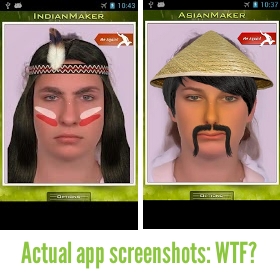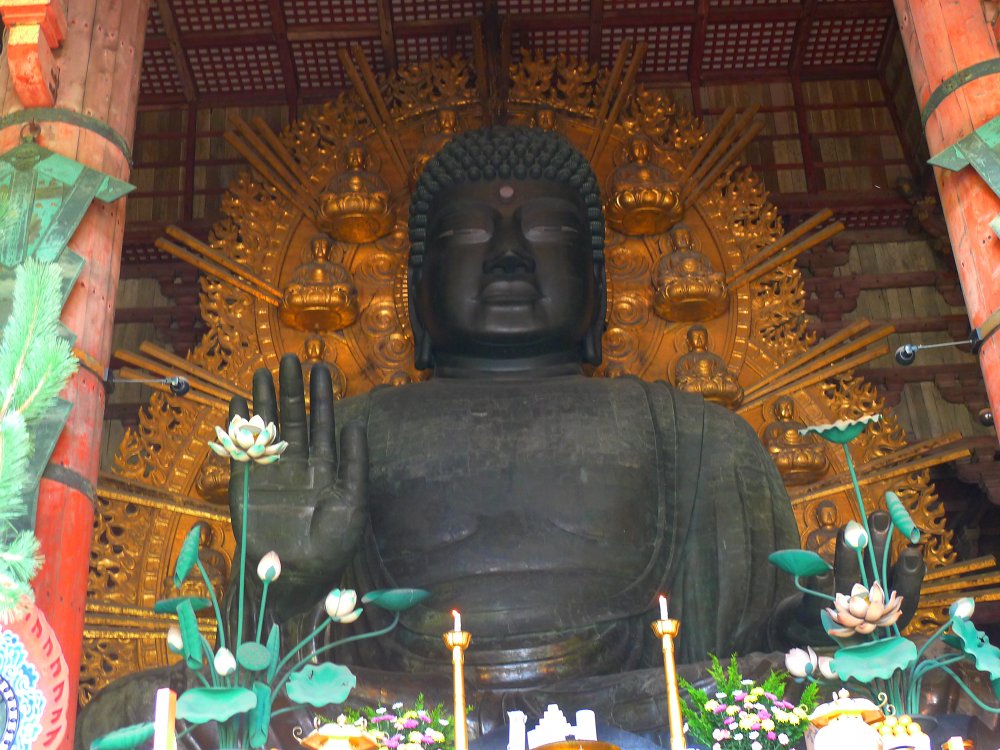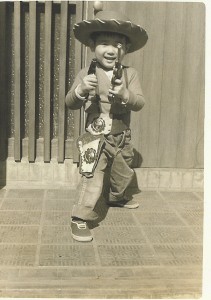Taiwan’s Next Media Animation, which produces animated commentary on news events, has become a reliable source for grins after every big international news story for their… uh, slant on world affairs.
This time they’ve responded to a U.S. college student Samuel Hendrickson’s racist rant on YouTube, Why I’d hate to be Asian” (which has since been removed, but you can read his points on 8 Asians’ response). His video evoked memories of Alexandra Wallace, who produced an offensive video after the 2011 Japanese earthquake and tsunami that made disparaging remarks, among other things, about Asian students at UCLA who were calling their families in japan to see if they were OK.
NMA’s response had me laughing out loud, though to be honest, it traffics in Hendrickson-style racist stereotypes by showing white women in Indiana to all be big fat farmers. My favorite responses are to “Most Asians look alike” and Hendrickson’s comment about pot-smoking Asians (the point he makes is that smoking pot makes Asians’ “Chink-eye” so small they look closed). (Language NSFW…) Also, NMA’s counter to Hendrickson’s crack about sweat shops is a little too approving of the reality of sweatshops.
It’s been a bad week for anti-Asian racism:
Continue reading













